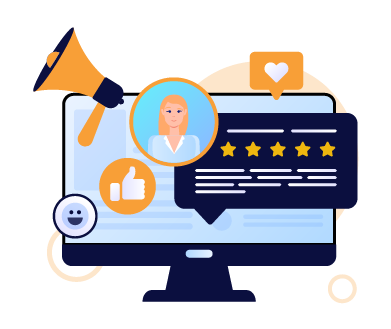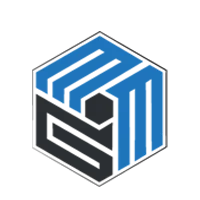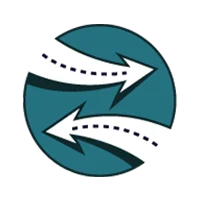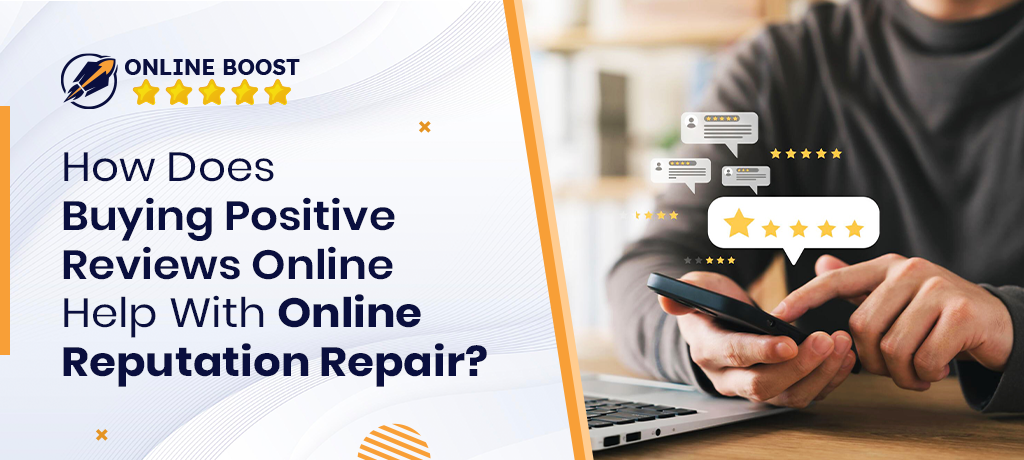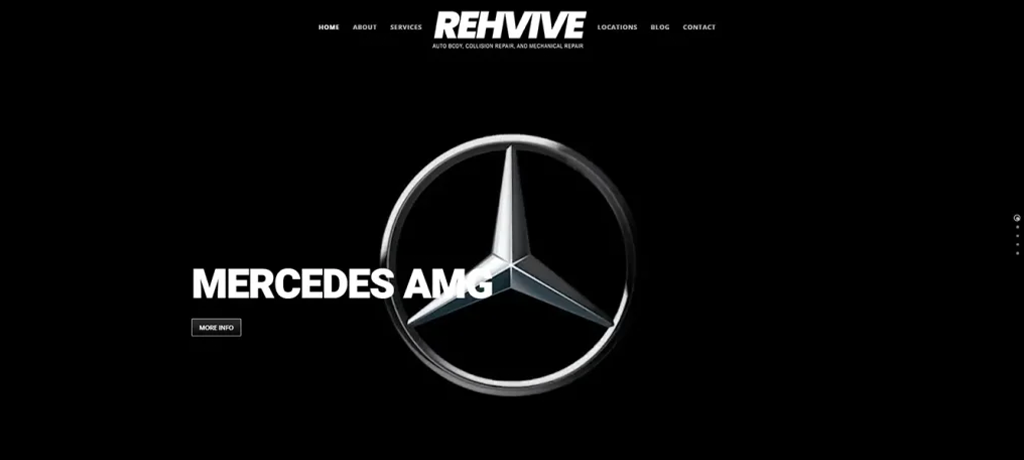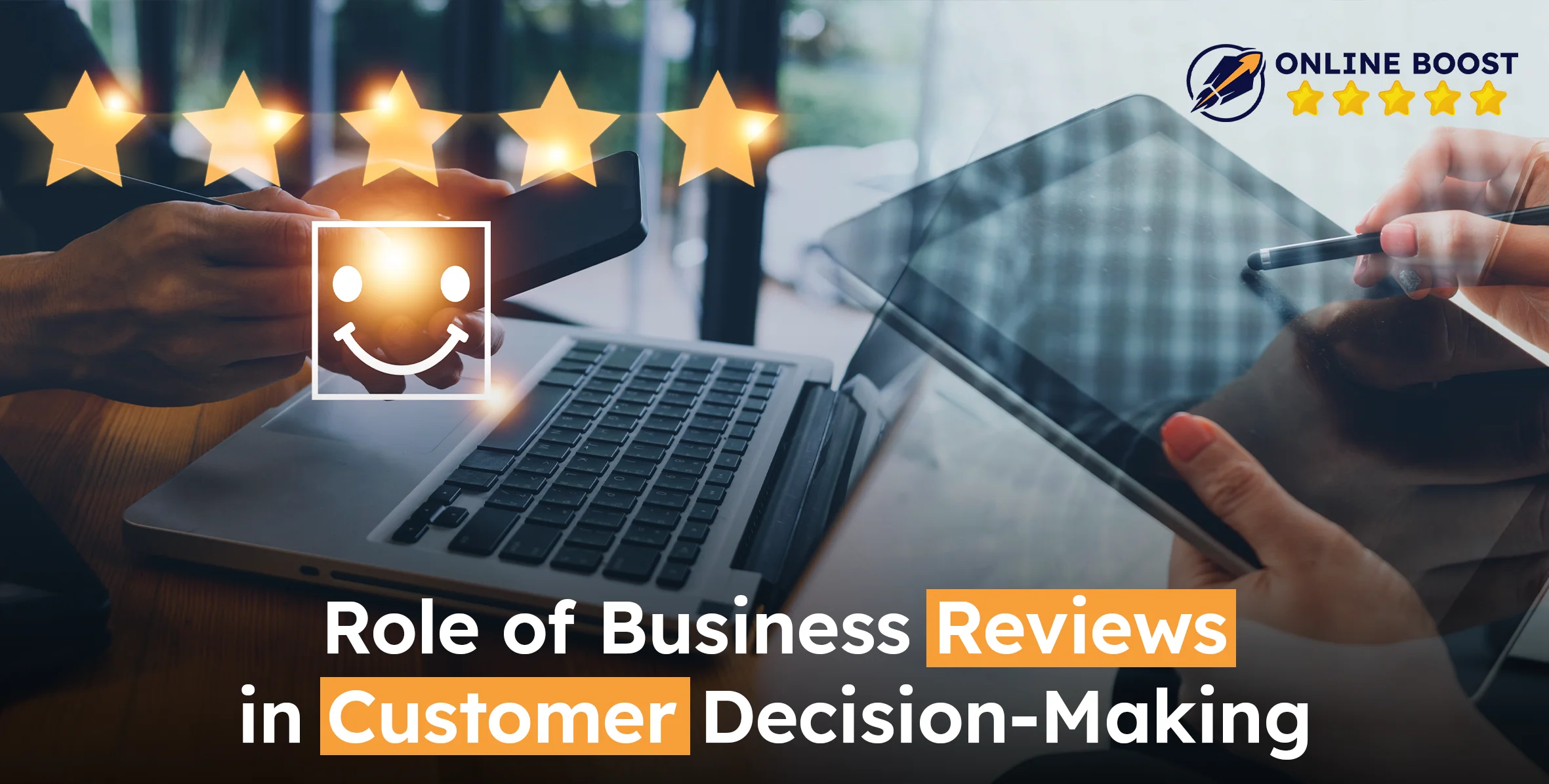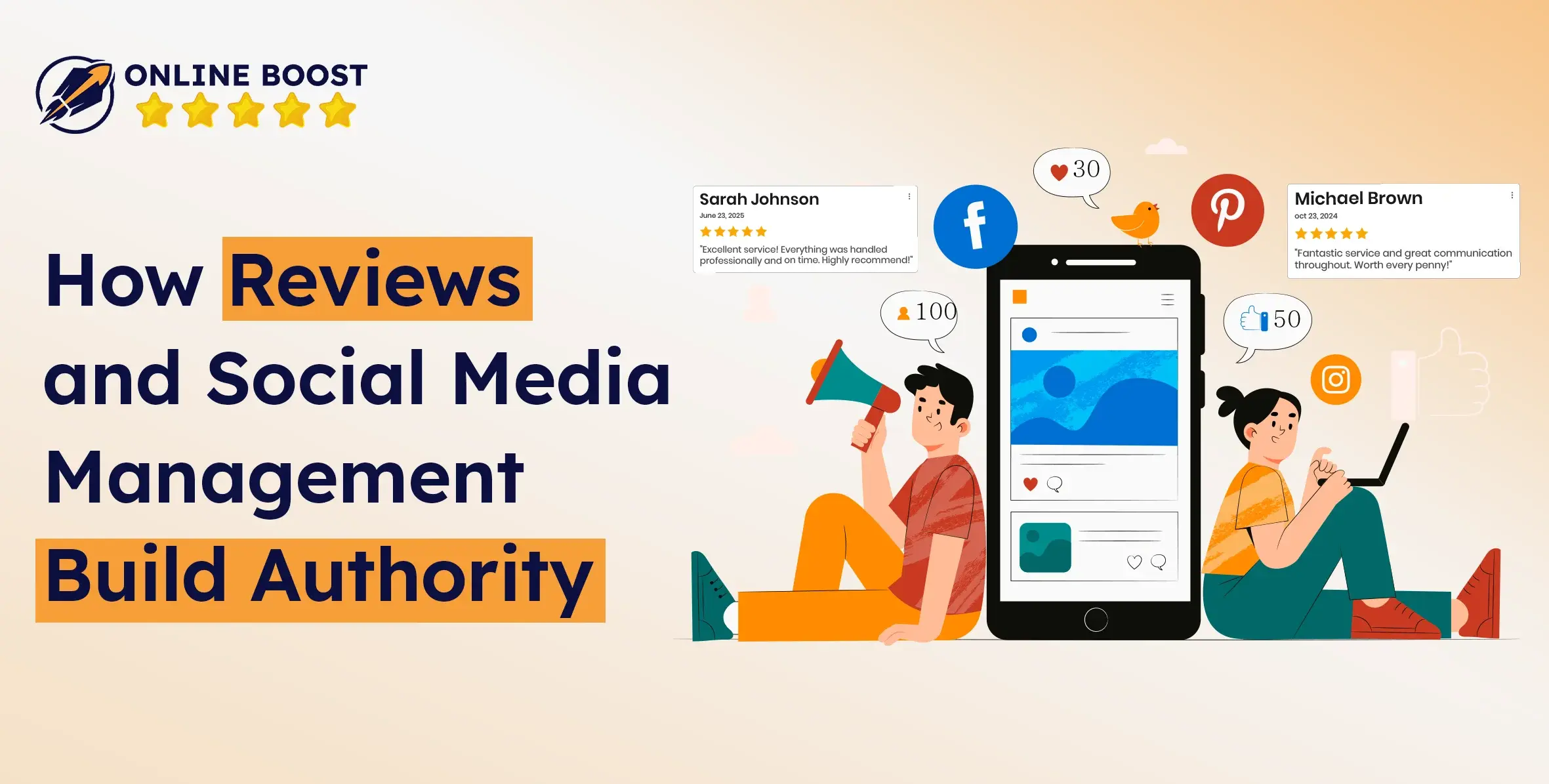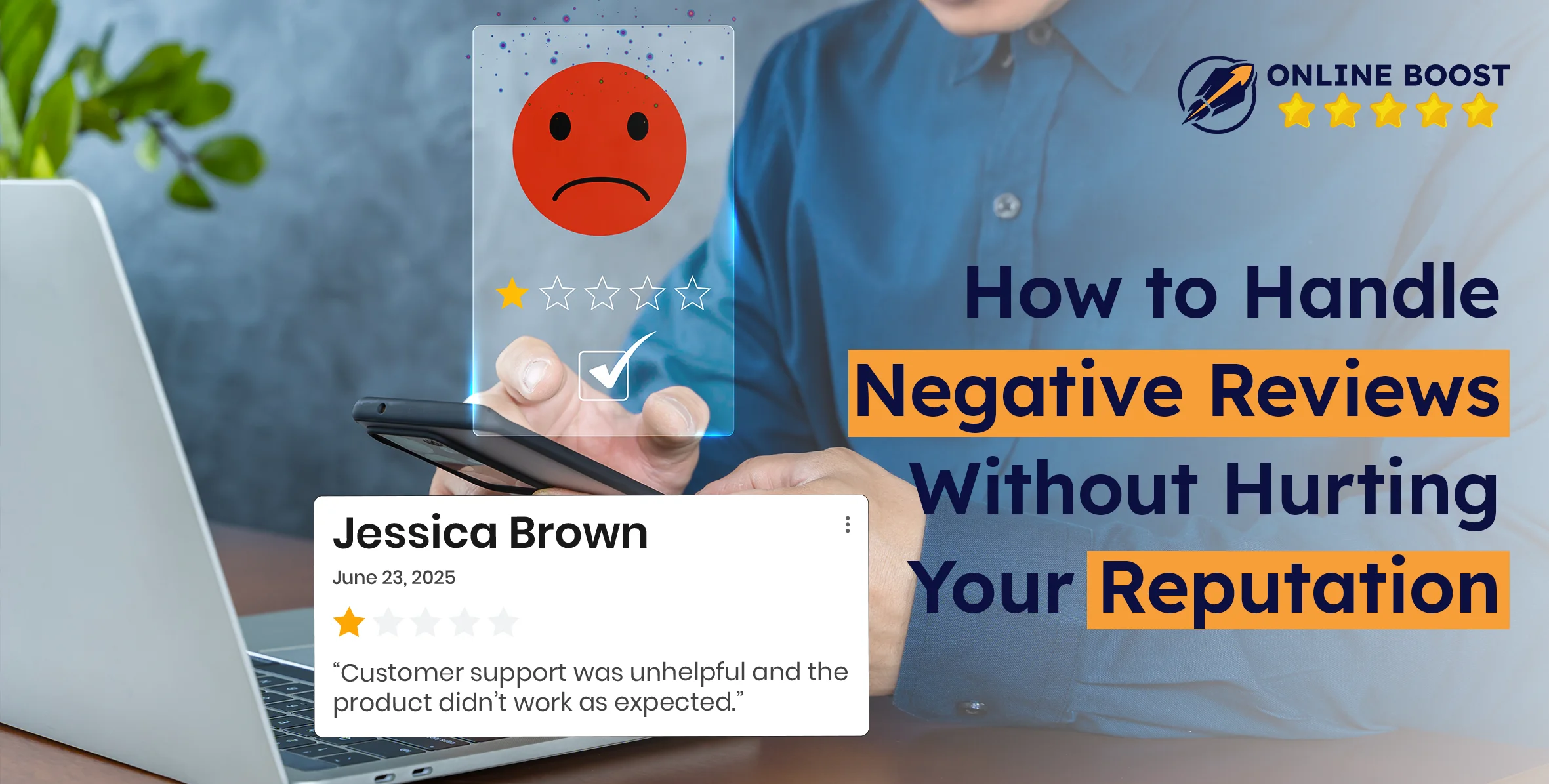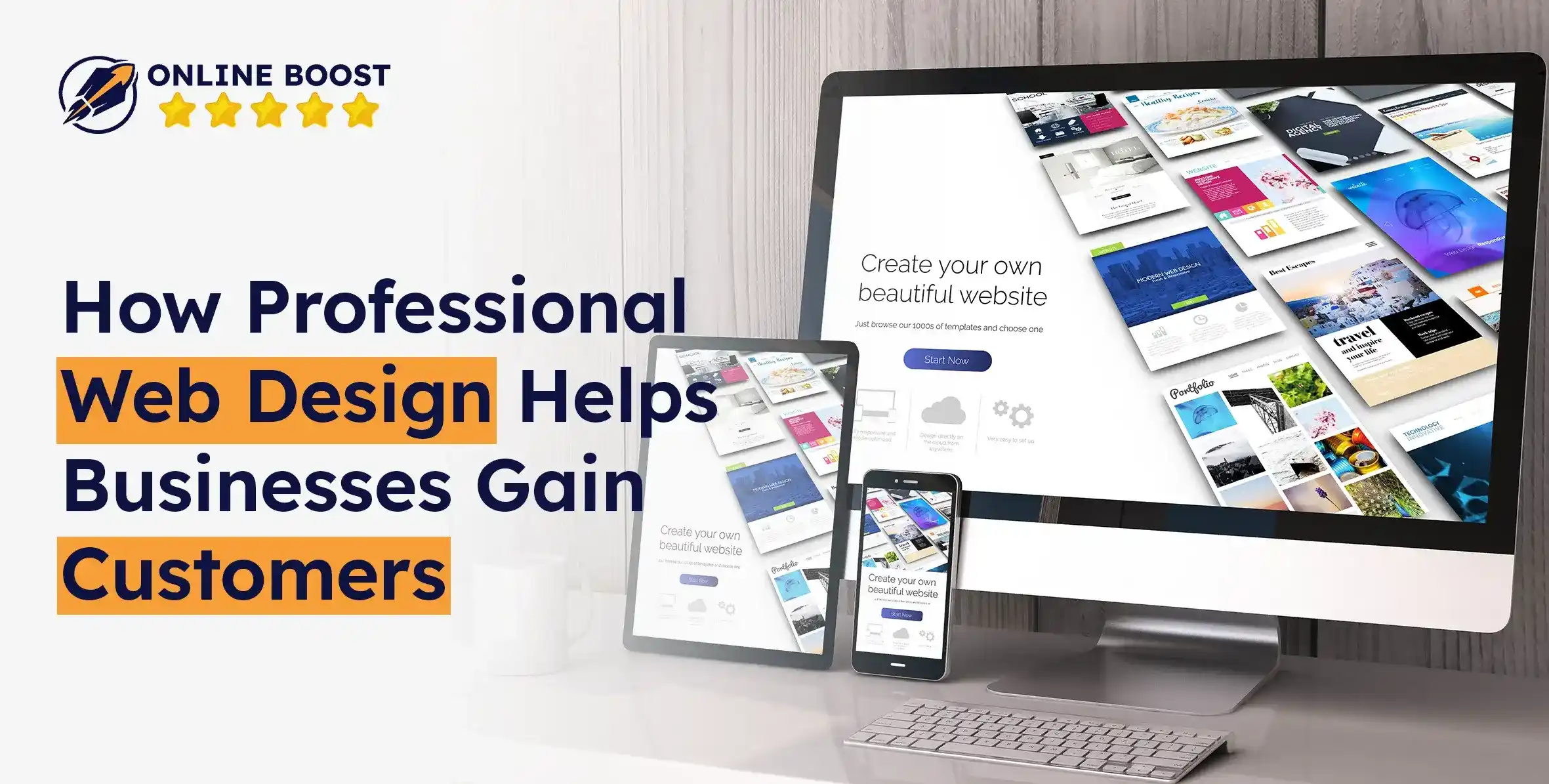
Your website isn’t a brochure; it’s your best salesperson working 24/7.
If that line makes you pause, good, because most buyers decide whether to trust you in a blink. Research shows people form a first impression of a website in about 50 milliseconds, long before they read a single sentence.
That snap judgment is why bold, clear, and credible design isn’t vanity; it's strategy. And that's exactly why Web Design and Development services are in such high demand.
When your site looks polished and works smoothly, people feel you’re competent before you ever pitch. Stanford’s long-running Web Credibility Project found that the “design look” is the most-cited factor people use when judging a site’s credibility, more than content depth or author bios. That’s why the benefits of professional web design go far beyond “looking nice.”
So if you’ve been wondering whether design truly moves the needle on getting more customers, the short answer is yes, and let’s discuss it even further.
Why Web Design Matters for Customer Acquisition
When someone visits your website for the first time, they’re not there to admire your color palette or your font choice. They’re there to answer one subconscious question: “Can I trust this business enough to spend my money or time here?”
In that split second, your website either opens the door or quietly closes it. That’s why web design isn’t just what your website looks like; it’s what your audience feels.
If you’re wondering why design has such a powerful influence on customer acquisition, here’s the truth:
It Creates Instant Trust
People buy from people (and brands) they trust. According to Stanford research, 75% of users judge a company’s credibility based on its website design. If your site looks outdated, inconsistent, or confusing, potential customers will assume your business is, too.
It Helps You Get Found
Even the most persuasive website won’t help if no one finds it. A professionally built site follows SEO best practices and structured layouts that help search engines understand your content.
It Keeps People on Your Site Longer
Your website has about 3 to 5 seconds to convince someone to stay. If your design looks cluttered or takes too long to load, you'll lose them. However, if it's smooth, intuitive, and pleasant to explore, people tend to stick around longer.
It Turns Browsers into Buyers
A professional design leads users where you want them to go. Strategic placement of buttons, clear calls-to-action, and thoughtful content flow make the buying process feel effortless.
It Reflects the Quality of Your Brand
In a crowded market, perception shapes reality. A polished, consistent brand identity signals professionalism, stability, and care; things customers look for before committing. This is why investing in professional website design services pays off long-term.
It Supports Every Marketing Channel
Your website is the center of your digital presence. Whether you’re running ads, social media, or email campaigns, they all lead back to your site.
People don’t buy from the best businesses; they buy from the ones that look and feel best to buy from.
Get your web design and development service to look and feel its best.
The Difference Between DIY and Professional Web Design
At some point, almost every business owner has thought, "Why pay thousands when I can build my own website on the weekend?" And honestly, it’s tempting.
But most people realize too late: your website isn’t just a digital flyer. It’s the first handshake, the sales pitch, the store window, and the reputation of your brand; all happening in seconds.
That’s where the gap between DIY and professional web design becomes massive. What looks like “saving money” upfront often ends up costing far more in missed customers and lost credibility.
Here’s how they really compare:
| Aspect | DIY Web Design | Professional Web Design |
|---|---|---|
| Purpose & Strategy | Made to get something online quickly, often without clear goals. | Built with a plan; focused on user behavior, conversions, and growth. |
| Design Quality | Relies on templates, looks generic, and lacks brand personality. | Designed to your brand with polished visuals that inspire trust. |
| User Experience (UX) | Basic navigation: users may struggle to find what they need. | Intuitive flow that makes browsing and buying feel effortless. |
| Technical Foundation | Often slow, unoptimized, and not SEO-friendly. | Optimized for speed, mobile use, and search visibility. |
| Conversion Potential | Works as a placeholder but rarely brings real leads or sales. | Designed to convert visitors into customers. |
| Scalability & Maintenance | Hard to update or expand as the business grows. | Built to grow, secure, and easy to maintain over time. |
| Time & Focus | Takes time away from running your business. | Let's you focus on growth while experts handle the tech. |
| Perception & Credibility | Looks homemade, which can reduce trust. | Feels professional, building confidence and credibility instantly. |
| Cost vs. ROI | Cheap upfront but costly in missed opportunities. | Higher investment but delivers measurable benefits. |
| Support & Security | You're on your own for updates or crashes. | Backed by expert support and regular maintenance. |
How a Professional Website Attracts More Visitors
Let’s talk about something most people never think about: websites don’t just “get” traffic; they earn it.
You can’t charm Google with luck, and you can’t keep visitors with looks alone.
The truth is that a professional website attracts more visitors because it’s built with intent; every image, line of code, and headline works like a magnet pulling the right audience closer.
It Speaks Google’s Language
Search engines don’t see design; they see structure. A professional team doesn’t just design for people; they design for algorithms too. They use clean code, proper headings, optimized images, and lightning-fast performance.
When search engines understand your content easily, they reward you with visibility. And visibility means traffic.
It Loads Like It Values Your Time
People won’t wait for your website to wake up. In fact, if your page takes more than 3 seconds to load, most users leave. Professional design fixes that; optimized media, caching, and responsive layouts make your site feel instant.
It Works Everywhere, for Everyone
Ever opened a site on your phone and the text looked microscopic, buttons misaligned, or images half cut off? That’s what poor mobile design does; it silently kills your traffic.
A professional site is built mobile-first. It automatically adjusts, scales, and simplifies for any device or screen size.
It Keeps Visitors Coming Back
People rarely become customers after one visit. They come back if they remember you, and they remember you when your website gives them a good experience.
Visitors think, “I know where to find things here.” That comfort keeps them returning.
It Earns Shares, Mentions, and Backlinks
People share what impresses them. When your website is visually strong, easy to navigate, and genuinely helpful, users are more likely to recommend it, link to it, or share it on social media.
Those shares and backlinks signal authority to Google, which pushes your site higher in search rankings.
It Creates a Smooth Path
Professional design isn’t about throwing every feature at the wall. Every page has a purpose. The homepage invites, the service pages explain, and the contact page converts. That flow keeps users engaged longer.
How Good Web Design Builds Trust and Credibility
Think about the last time you clicked on a site that looked a little off. Maybe the colors clashed, or the images looked blurry, or the logo felt like it came from another decade.
You probably didn’t even scroll. You just closed the tab. That wasn’t logic; that was instinct.
That’s how good web design builds trust: it speaks to instincts first.
It Looks Like It’s Run by People
Design tells a story without words. A clean layout, professional visuals, and organized structure quietly say, “We take our business seriously.”
When visitors sense care and consistency, they assume your service will carry that same attention to detail.
It Feels Predictable and Easy to Use
When a site behaves the way people expect it to, the brain relaxes. Buttons look like buttons. Links act like links. Menus guide you exactly where you thought they would.
A site designed through thoughtful Web Design and Development removes confusion. And when users don’t have to think too hard, they start to trust you more.
It Shows Real People, Not Just Products
Users connect with people, not pixels. Including genuine photos, customer testimonials, and team stories adds warmth and authenticity.
It reminds visitors that behind the logo, there are humans, and humans like doing business with humans.
It’s Consistent Everywhere
Imagine meeting someone who changes their tone and look every time you see them.
Inconsistency does the same online. When your colors, fonts, and tone stay consistent across every page, it signals reliability. People notice these patterns subconsciously.
It Loads Fast and Works Smoothly
Few things destroy trust faster than a slow or broken website. A professional build ensures pages load quickly, forms work, and links don’t lead to dead ends.
Smooth performance feels like competence. And when visitors feel that they stay longer, explore deeper, and are far more likely to take action.
Role of Web Design in SEO & Discoverability
Here’s a truth most business owners never realize: your website isn’t just for people; it’s also for search engines.
And if search engines can’t understand or trust your site, they’ll never show it to the people who should.
That’s where Web Design and Development play a crucial role.
It Builds a Structure That Search Engines Understand
Search engines love clarity. When your website is designed with clean navigation, clear headings, and organized URLs, it’s like handing Google a well-labeled map.
A professional layout uses hierarchy — H1s, H2s, internal links — to help crawlers connect pages and topics. This way, search engines index your content faster and rank it higher.
It Keeps Visitors Engaged
Google pays attention to behavior. If people click your site and leave within seconds, it assumes the page wasn’t useful. That’s called bounce rate, and it can quietly drag your rankings down.
A well-designed website keeps people browsing. Clean layouts, readable typography, and smooth interactions encourage visitors to stay longer; telling Google, “This site is valuable.”.
It Optimizes for Speed
According to Google, if your page takes more than 3 seconds to load, over half of users will leave.
Professional web design for businesses focuses on compression, caching, and optimized media to keep things fast. Search engines reward that speed with higher visibility.
It Prioritizes Mobile Responsiveness
Over 60% of online searches in the U.S. now happen on mobile devices.
Google uses “mobile-first indexing,” meaning it ranks your site based on how it performs on a phone, not a desktop.
A professionally built site adapts seamlessly to any screen size, which makes both visitors and algorithms happy.
It Uses Clean Code and Accessibility
Behind every good design is clean, efficient code. When your site loads without unnecessary clutter, search engines crawl it faster and more accurately.
Accessibility matters too. Features like alt text, readable fonts, and proper contrast don’t just help users; they help search engines understand your content better.
Web Design and Development Turns Visitors into Paying Customers
Getting visitors is one thing. Turning them into customers, that’s where the real work happens.
Most websites don’t lose customers because their offer is bad. They lose them because the experience leading to the offer is confusing, cluttered, or forgettable.
That’s where Web Design and Development changes everything.
It Builds a Clear Path
When someone lands on your site, they shouldn’t have to figure out where to go next.
Professional design uses a logical flow: the homepage invites, the service pages explain, and the CTAs guide.
Each page answers one simple question: “What’s my next step?”
It Uses Visual Hierarchy
People don’t read websites; they scan them. A well-built site uses hierarchy (size, color, placement) to direct the eyes where it matters most: your message, your offer, and your action button.
Design helps the brain process information faster, reducing decision fatigue. When users find what they need without effort, they're more likely to say yes.
It Reduces Friction
Every extra click, field, or delay gives people a reason to leave. Professional web design for businesses simplifies that process; short forms, clear CTAs, predictable layouts, and no unnecessary clutter.
Remember: people don’t convert when they understand your offer; they convert when it feels easy to do so.
It Builds Emotional Confidence
Before anyone buys, they ask themselves silently, “Can I trust this?”
That’s where design works as silent persuasion; testimonials, reviews, security badges, and authentic images reassure people they're making a safe choice.
That certainty is what prompts visitors to click "Buy," "Book Now," or "Contact Us."
It Uses Data to Refine Every Touchpoint
Good design is never finished. Through analytics, heatmaps, and user tracking, professionals learn where people stop, hesitate, or click, and use that insight to improve the flow.
That’s the difference between “pretty” design and strategic Web Design and Development; one looks good, the other gets better with every visit.
Key Pages That Support Your Sales Funnel
Every page has a role; one says hello, one explains, one convinces, one proves, and one closes.
When each page does its job properly, visitors move naturally from curiosity to conversion, without feeling pushed.
Homepage → Educates
Your homepage is the first handshake. It doesn’t need to say everything; it just needs to say the right things.
A good homepage tells visitors who you are, what you do, and why it matters to them, all within the first few seconds.
Pro Tip: Add trust elements right here; client logos, quick testimonials, or key stats. People trust what they see first.
Service Pages → Convince
Once the homepage earns attention, your service pages have one job: to turn interest into intent.
This is where you go deeper:
- Explain how your service solves their problem.
- Show the benefits clearly (not just features).
- Use real examples or proof of results.
This is also where professional website design services shine; they know how to balance visuals with conversion-focused copy, so readers feel informed.
Landing Pages for Campaigns
Unlike a homepage, each landing page has one purpose, whether it’s booking a call, downloading a guide, or claiming an offer.
A well-crafted landing page removes every distraction. When designed properly, these pages often achieve the highest conversion rates because they align perfectly with the ad or campaign that brought the visitor there.
Blog/Resource Hub That Supports the Funnel
Your blog isn’t just for SEO; it’s for nurturing.
Visitors might not buy right away, but valuable, consistent content keeps them close. Every article should educate, answer questions, and subtly guide readers toward solutions your business provides.
Add clear internal links and gentle CTAs (“Want to see how this works for your business?”). Each post becomes another soft nudge forward in your funnel.
Contact Page → Converts
This is the finish line, and surprisingly, it’s where many websites fail. A cluttered or confusing contact page can undo all the trust you’ve built so far.
Keep it simple.
- Clear form fields
- Multiple contact options (form, email, phone, map)
- A reassuring message like “We’ll respond within 24 hours.”
How to Choose the Right Web Design Partner
There are thousands of designers out there. But not all of them understand how to blend creativity with conversion and aesthetics with business strategy.
That’s where finding the right partner makes all the difference.
Here’s how to do it the smart way.
Look for Strategy
A good partner won’t start with color schemes or fonts; they’ll start with questions like:
- “Who’s your target customer?”
- “What do you want them to do once they’re on your site?”
- “How can design shorten that path?”
That’s how we approach projects at Online Boost, by blending design with real marketing psychology.
Check for Proven Experience
The right team doesn’t hide behind vague promises like “modern” or “responsive.” They show you data, examples, and results, case studies that prove their Web Design and Development process actually works.
Choose Communication Over Complexity
You shouldn’t need to decode tech jargon to understand what’s happening with your own website. The right partner explains things simply.
That’s why, at Online Boost, we keep communication human. We believe web design should feel like collaboration, not confusion.
Prioritize Long-Term Partnership
Websites aren’t “set it and forget it” assets. They evolve, and so should your partnership.
Look for a team that offers ongoing optimization, updates, and support long after launch.
Evaluate Values
Design is personal. You want a partner whose values align with yours, one who listens, understands, and genuinely cares about your success.
Because great web design isn’t about pixels; it’s about people.
Common Mistakes to Avoid in Web Design and Development
Over the years, we’ve seen hundreds of websites make the same costly errors and fixing them almost always brings an instant boost in performance.
So, before you invest in design, here are the common mistakes to avoid in web design and development.
Designing for Yourself Instead of Your Customers
It’s easy to pick colors you like or layouts that feel good to you. But the truth is, your website isn’t for you; it’s for the people who visit it.
Design decisions should be based on how users think, browse, and buy.
Ignoring Mobile Experience
More than 60% of web traffic in the U.S. now comes from mobile devices. Yet many sites still look and behave like they were made for desktop only.
If users have to pinch, zoom, or scroll endlessly, they’ll leave.
Slow Loading Speeds
A beautiful website that takes forever to load is like a great store with a locked door.
Studies show that a 1-second delay can drop conversions by 7%, and after 3 seconds, more than half of visitors are gone.
Cluttered Layouts and Weak Messaging
You’ve seen them; websites shouting everything at once: flashing banners, competing headlines, too many calls-to-action. It overwhelms users and dilutes your message.
A strong site uses space, hierarchy, and focus.
It says, “Here’s what we do. Here’s how we help you.”
No Clear Call-to-Action (CTA)
Visitors shouldn’t have to guess what to do next. A missing or vague CTA — “Learn more,” “Submit,” “Next” — leaves opportunity on the table.
Neglecting SEO in the Design Stage
Many websites look fantastic, but perform poorly because SEO was an afterthought.
True web design and development weaves SEO into every element.
How to Measure Success After a Web Redesign
Here’s the thing about a new website — it might look amazing, but if it’s not performing better than before, it’s just decoration.
A successful redesign isn’t measured by compliments; it’s measured by data.
So how do you actually know if your redesign is working?
Track Changes in Traffic
After a professional Web Design and Development project, you should see a gradual rise in:
- Organic traffic (visitors coming from search engines)
- Direct traffic (people typing your URL directly — a sign of brand trust)
- Referral traffic (visitors coming from other sites that now trust and link to you)
If your new design was built with an SEO-friendly structure and speed, your visibility should steadily climb within the first 60–90 days.
Monitor Engagement — How Visitors Interact
Traffic is great, but what really matters is what people do once they arrive.
Look at:
- Bounce rate: Are people leaving quickly or staying longer?
- Average session time: Longer sessions mean your content and layout are working.
- Pages per session: More pages explored = better flow and curiosity.
Measure Conversions
Conversions are your real proof of success. Whether it’s sign-ups, purchases, or contact form submissions, these numbers show your design is actually doing its job.
Because the goal of professional website design services isn’t just more visitors; it’s more customers.
Watch for SEO Improvements
A well-executed redesign improves search performance over time. Track your keyword rankings, impressions, and click-through rates in Google Search Console.
If your site now loads faster, has better structure, and meets Core Web Vitals, you’ll notice gradual ranking boosts across your target terms.
Evaluate Brand Perception
This part is less about numbers and more about feedback. Listen to your customers; are they saying your site feels easier, more modern, or more trustworthy?
When your brand looks credible, people treat it that way.
That’s the invisible win of good design — you start hearing words like “professional,” “smooth,” and “reliable” more often.
Check Page Speed and Mobile Experience
Tools like Google PageSpeed Insights and GTmetrix can help you see whether your site loads fast and works smoothly across devices.
Calculate ROI
In the end, a redesign should generate a return. Track how much you invested vs. how much new business or conversions you gained post-launch.
If you’re seeing higher traffic, better engagement, and more leads, you’re not just paying for design; you’re profiting from it.


